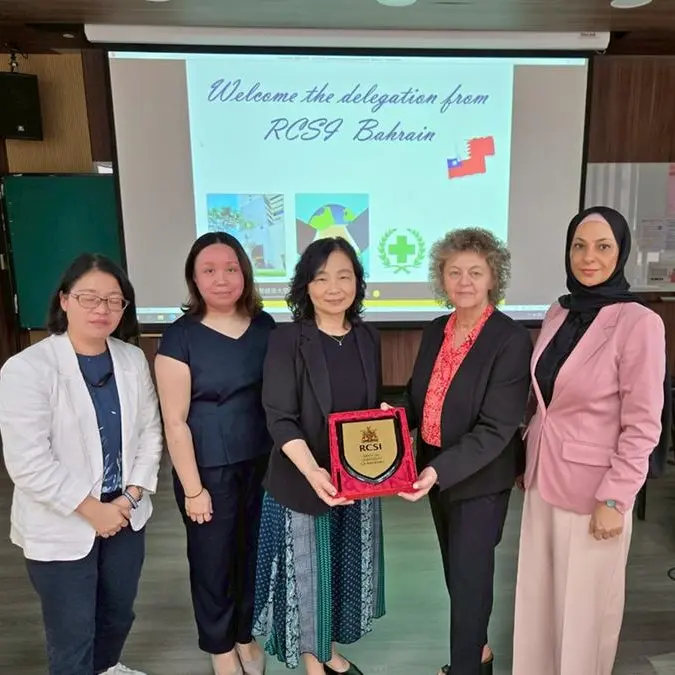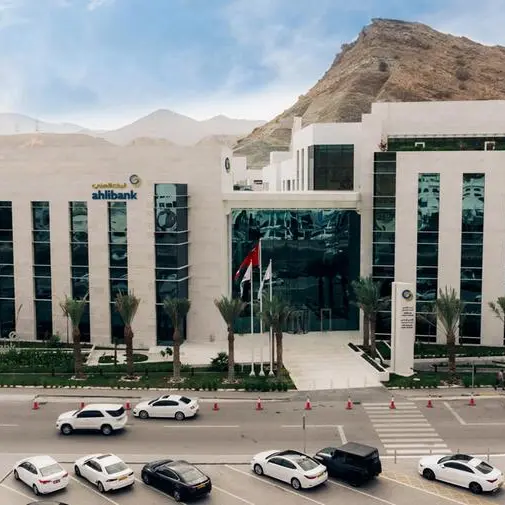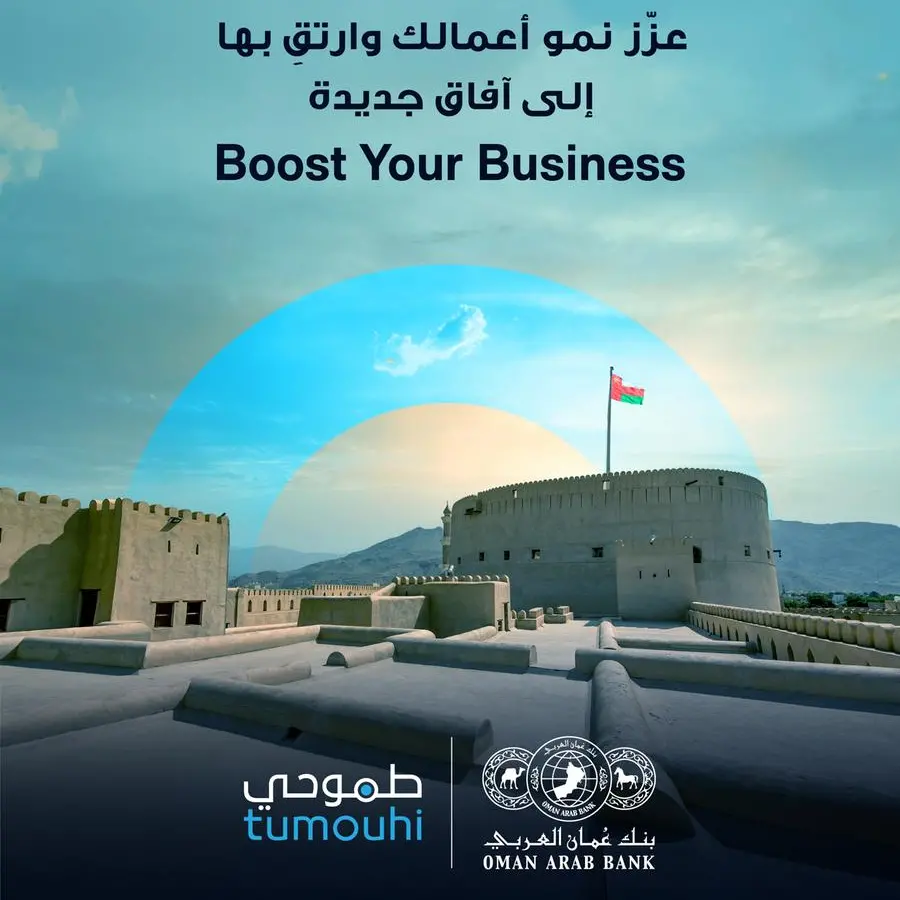Doha, 23 April 2012: Hamad General Hospital (HGH) - a member of Hamad Medical Corporation (HMC) - has successfully conducted the very first procedure performed in Qatar using balloon-expandable stents for dilation of a narrowed descending aorta in a 14-year-old patient. The success of the operation means that the procedure can now be performed here with the same success and efficiency as in major cardiac centers in the United States and Europe.
The aorta is the largest artery of the heart that supplies the body with oxygenated blood, including vital organs such as the kidneys, liver and intestines. Narrowing or coarctation of the aorta is a congenital condition (meaning it is present at birth) that usually manifests with heart and kidney failure within the first few weeks of life, or with high blood pressure later in life.
"The condition represents about eight percent of congenital heart diseases, and affects more males than females, with a ratio of 2:1," said Dr Magdi Tofeig, Senior Consultant of Pediatric Cardiology and Congenital Intervention at HMC.
The young patient who underwent the operation was suffering from hypertension, with possibility of coarctation, and had been referred to the Pediatric Cardiology Clinic by Dr Abdullah Al Kaabi, Senior Consultant of Pediatric Nephrology. "Upon examination, the patient was found to have about 70 percent narrowing of his aorta. We decided the best treatment option for him was to use a balloon-expandable stent to treat the narrowing in his aorta," said Dr Tofeig. The procedure was performed at the Children's Cardiac Catheterization Laboratory.
Dr Tofeig said that the balloon-expandable stent treatment is a new modality that has been proven safe and effective in the US, Europe and Australia. He said that the ability to use balloon-expandable stents for treatment of the narrowed aorta is a real revolution at HGH, where patients were previously treated with surgery or balloon dilatation of the narrowed aorta, a method that is generally less effective and carries the possibility of more complications.
Dr Tofeig explained that the treatment usually involves general anesthesia, monitoring of the electrical activity and blood pressure of the patient, and administration of intravenous fluids. "We succeeded in treating the narrowing using a covered stent about 39 millimeters long. The narrowing has been completely treated, and the blood can now flow normally to the lower part of the body without any obstruction."
The patient was discharged from the hospital the day after the procedure, with his blood pressure back to normal without the need for further medication. "He is now active and enjoys a perfectly normal life. In his last outpatient review, ultrasound of his heart showed the stent was in good position and there was no significant residual narrowing in his aorta."
Dr Tofeig mentioned that HMC has been very supportive in providing all the necessary equipment and facilities particularly the high-quality covered stents, and that he expects more successful operations to follow.
Dr Hesham Al-Saloos, Senior Consultant of Pediatric Cardiology and Director of the Catheterization Laboratory at HGH, said that coarctation of the aorta is a congenital defect. "Most probably some genetic abnormality, interacting with environmental factors, predisposes the patient to the condition. In rare situations as in a condition called Turner Syndrome, the genetic factor more clearly predisposes the patient to have coarctation of the aorta."
"This disease can have serious long-term consequences if not treated appropriately," said Dr Al-Saloos. "Studies have shown that if the patient had no treatment before he was 14 years old, then he would have a higher risk of dying before reaching 50 years old. If treated early, the success of the intervention in preventing recurrence of the narrowing is about 77 percent."
Dr Al-Saloos explained that the condition can manifest in heart failure and breathing difficulties in babies. This usually means the narrowing is severe. "In older patients, the most common manifestation is high blood pressure, a heart murmur (a noise produced as a result of turbulent blood flow) which can usually be heard with a stethoscope, or weakness and difficulty in feeling lower limb pulses."
Recent statistics show that treatment of patients with heart disease at HGH has been highly successful, with 100 pediatric cardiac operations performed in 2011. Two-thirds of these operations were open heart surgery procedures. 25 percent of the patients were Qatari. About 3,000 patients were seen in the Pediatric Cardiology Outpatient Clinic, and about 2,000 patients had ultrasound examination of the heart.
-Ends-
About HMC:
Hamad Medical Corporation (HMC) is the premier health care provider in Doha, Qatar. It was established by Emiri decree in 1979 and manages eight highly specialized hospitals, namely, Hamad General Hospital, Rumailah Hospital, Women's Hospital, National Center for Cancer Care and Research (NCCCR), Heart Hospital, Al Wakra Hospital, the Cuban Hospital and Al Khor Hospital. Since its establishment, HMC has rapidly developed medical facilities capable of providing state-of-the-art diagnosis and treatment of diseases that previously could only be managed in overseas medical centers.
HMC prides itself in providing quality and cost efficient health care for all patients regardless of nationality, in line with the State of Qatar's pledge of "Health for All". For this purpose, the Corporation implements a policy of continuous improvement of all management systems and patient care protocols. HMC's ethos is based on three key pillars which are Health, Education and Research.
For more information, please contact:
Corporate Communications
Hamad Medical Corporation
Tel. No.: +974 4439 5272
Fax No.: +974 4439 5002
www.hamad.qa
© Press Release 2012



















